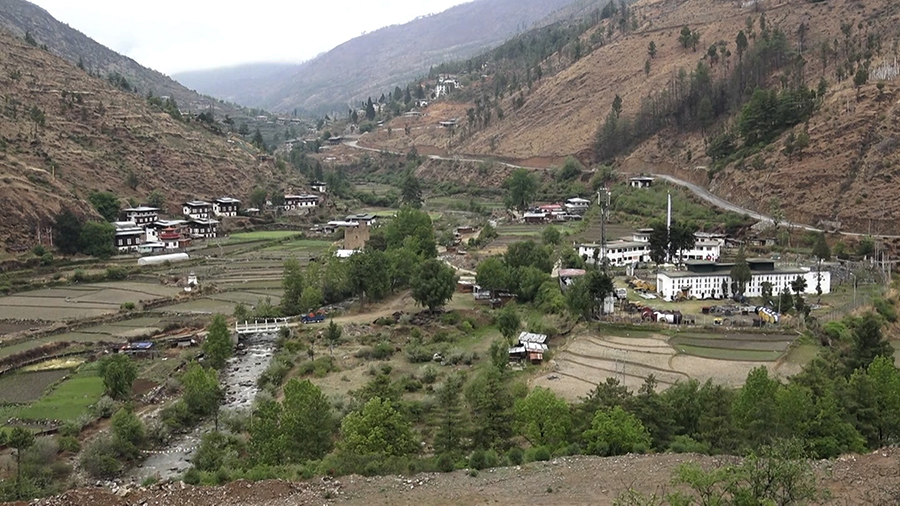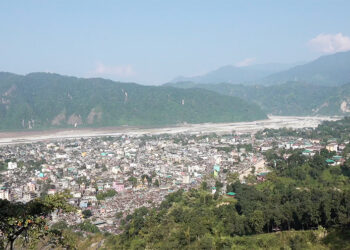 Bhutan is taking its first step towards a green hydrogen economy. The country plans to construct its first green hydrogen plant at Gidawom in Thimphu. It will be a pilot project. The plant will produce hydrogen, which will be used in hydrogen-powered vehicles, reducing dependency on fossil fuels.
Bhutan is taking its first step towards a green hydrogen economy. The country plans to construct its first green hydrogen plant at Gidawom in Thimphu. It will be a pilot project. The plant will produce hydrogen, which will be used in hydrogen-powered vehicles, reducing dependency on fossil fuels.
The Department of Energy, under the Ministry of Energy and Natural Resources, has proposed to construct a 5 megawatt green hydrogen plant.
It will begin with the construction of 1 megawatt plant and gradually scale up to full capacity. By 2030, the plant is expected to produce 710 tonnes of hydrogen annually. That is enough to power about 140,000 cars.
Green hydrogen is a clean, sustainable energy source that could potentially replace fossil fuels.
It is produced from water using electricity in a process called electrolysis.
This process splits water into hydrogen and oxygen gas. The extracted hydrogen is then stored.
 Following a feasibility study, the department selected Bjeme Rongchu as the water source. Electricity will come from the Gidakom mini-hydropower plant.
Following a feasibility study, the department selected Bjeme Rongchu as the water source. Electricity will come from the Gidakom mini-hydropower plant.
The project plans to use the hydrogen to power hydrogen fuel cell buses and cars.
According to the National Hydrogen Roadmap 2024, the country aims to have 2,700 hydrogen-powered vehicles by 2030 and 45,000 by 2050.
These vehicles will help reduce carbon emissions.
“If we are later able to enhance the production of green hydrogen in the country, then it will help Bhutan to reduce its reliance on imported fossil fuels, especially for the transport and industry sector. We also see opportunities for investments, green financing, and it’ll also create green jobs,” said Dechen Dema, an executive engineer with the Department of Energy, MoENR.
However, the department is currently looking for investors to fund the initial 1 megawatt plant.
If funding is secured, the facility will feature an on-site hydrogen storage and refuelling station to ensure easy access for the consumers.
Dechen Dema said, “We will focus on the pilot project, and based on the outcomes and insights from this site, we’ll assess the potential for expansion. We are following the national hydrogen roadmap, but we’ll treat this project as a learning platform to identify additional requirements.”
As outlined in the roadmap, the country envisions a 485 megawatt electrolyser capacity by 2050, capable of producing over 70,000 tonnes of clean hydrogen annually.
The pilot project could pave the way for energy independence, sustainable transport, and new economic opportunities.
Kelzang Chhophyel
Edited by Sangay Chezom







